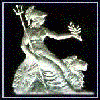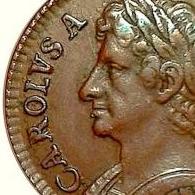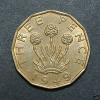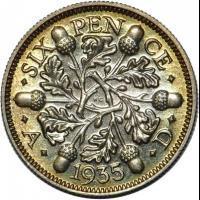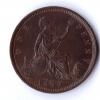I'd like to identifying as many dies as I can for 1787 shillings and sixpences. Re the shilling, 122 obverse and 125 reverse dies were prepared (Manville & Gaspar).
It should be possible to distinguish a large number of obverse dies using images found online. The legend positions of all are slightly different given that these were punched by hand. My proposed method would involve the following:
Identify and download many good quality images of obverses as possible
Resize the images so all examples share a common diameter
Rotate the images as necessary so that George III's bust is in exactly the same position in all examples
Superimpose a circluar grid which would allow me to determine at which point on the circle (measured in degrees) each letter falls
Organise the coins by groups according to the position of the letters, each group the product of a different die
It would also be theoretically possible to distinguish the fruit of different reverse dies. According to Manivlle and Gaspar, the position of reverse legend is consistent across all examples. Fine features such as the strings in the Hibernian harp and the hearts in the Hanoverian shield were added by hand. I've also noticed that there are slight variants in the rotated position of the circle in the centre of the garter star. Using these unique details die identification should be a possibility, but it certainly wouldn't be a walk in the park.
My reason for this post is to ask for help with the photo editing. I've found a free alternative to Photoshop called "GIMP". Is anyone familiar enough with this to help me work out how to use it? Additionally, can anyone see any problems with the method I've proposed?
"Why bother going to all this trouble?", I hear you ask. Well, frankly, it will provide a way to help me fill in some time in an enjoyable manner. Additionally, it would be nice to have a collection of 1787 shilling and sixpences that includes every extant die variety. I don't call myself "Madness" for nothing! King George III's mental malady was nothing compared to mine!
 Coinpublications.com
Coinpublications.com
